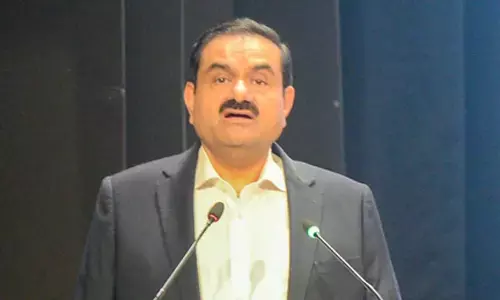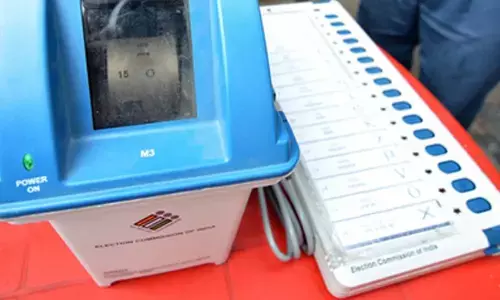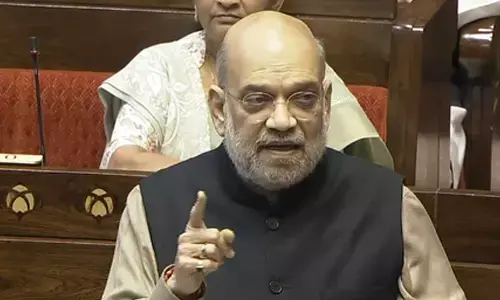New threat perceptions confront India

Pic Source: Vector Stock
Drones have been sighted in the Union Territory of Jammu every day this week since the drone attack at the Indian Air Force (IAF) station in Jammu in the early hours of June 27 forcing the authorities to rethink counter-terror strategies
Drones have been sighted in the Union Territory of Jammu every day this week since the drone attack at the Indian Air Force (IAF) station in Jammu in the early hours of June 27 forcing the authorities to rethink counter-terror strategies.
Drones were spotted at three places on the outskirts of Jammu city on June 29 night and in the early hours of June 30, keeping the police and other security agencies on tenterhooks.
On June 28, the Indian Army claimed to have spotted drones flying over Kaluchak and Ratnuchak military stations and opened fire at them, making them fly away. This is the first instance of deployment of drones to strike at vital installations of our country by terrorists guided by Pakistan.
The banned Lashkar-e-Taiba terror outfit is suspected to have been behind the sensational drone attack, director General of Jammu and Kashmir Police Dilbagh Singh said. The drones were commercially available quadcopters. There were no casualties in the attack but everyone is aware of the potential.
A drone monitoring and jammer system has now been installed at the IAF station in Jammu. Officials said that the anti-drone system, established by National Security Guard, will soon be installed at all vital installations of security forces in Jammu.
The Prime Minister who reviewed the situation arising out of the new development directed the authorities to look into anti-drone systems deployment as a deterrent at the earliest. Indian authorities in recent years have raised the possibility of drone attacks by rebels in the region, especially after repeatedly accusing Pakistan of using China-made drones along the frontier to drop weapons packages for militant groups since last year.
While the Jammu attack was the first such instance in India where a drone was weaponised. The Defence Research and Development Organisation (DRDO) has been asked to develop an anti-drone system by the Prime Minister sometime back and it is evolving a comprehensive system to counter the enemies.
In fact, one such system was deployed in Delhi for Prime Minister Narendra Modi's safety last year during the Republic Day Parade.
According to the DRDO, this technology can bring down micro-drones through either jamming of command and control links or by damaging electronics of drones through laser-based directed energy weapons. "The comprehensive solution is to tackle the problem that drones may pose to national security agencies," DRDO said in a statement.
In addition, this anti-drone technology can detect and jam micro-drones at a distance of up to 3 km and lase a target 1- 1.25 km far depending on the wattage of the laser weapon. The DRDO said that this solution can be an effective counter to increased drone-based activity in India's western and northern sectors. Recently, the Armed Forces proposed arming its 100 Heron drones with missiles to carry out offence.
The Indian Navy has also been cleared to upgrade its existing Unmanned Aerial Vehicles (UAVs) and buy 10 new surveillance drones to closely monitor Indian waters. New age warfare is a must to tackle new age terror tactics. India has to guard itself double against the two major external enemies China and Pakistan who work in tandem always.












